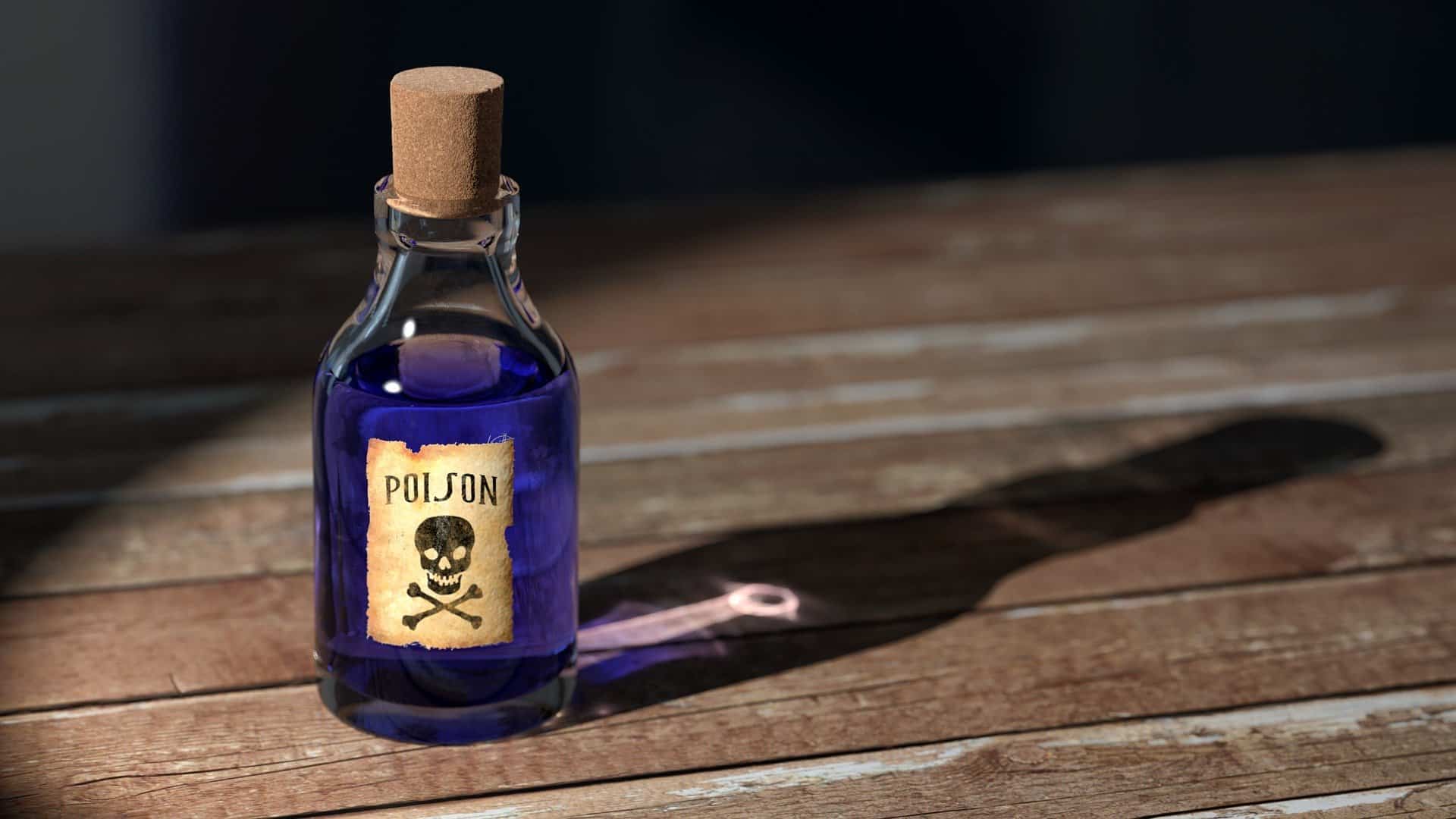What is Chlorine?
Chlorine is a chemical element with the symbol Cl and atomic number 17. The second-lightest of the halogens, it appears between fluorine and bromine in the periodic table and its properties are mostly intermediate between them.
Chlorine (Cl) is a dangerous chemical. Inhalation of chlorine gas or drinking highly concentrated sources of chlorine (such as household bleach) can lead to vomiting, coma, and even death.
Pure chlorine was first isolated from hydrochloric acid by Carl Wilhelm Scheele in 1774.
Within a few years, its bleaching properties were discovered and in 1810 Humphry Davy announced that it was a chemical element. At room temperature, it is a greenish-yellow gas with a choking smell, which is denser than air.
Dry chlorine gas won’t bleach, but in water, it forms hypochlorite, responsible for the bleaching action, and also responsible for its disinfectant action. It was first used to disinfect tap water at the time of a typhoid outbreak in Maidstone in 1897. Since then the process has been generally adopted.
Forty million tons of chlorine is manufactured a year, among other things for use in making many pharmaceuticals. Thousands of organic chlorine compounds occur naturally including vancomycin, which for many years was the antibiotic of last resort and is made in nature by a bacterium in the soil.
What is chlorine used for?
Chlorine is commonly used as an antiseptic and is used to make drinking water safe and to treat swimming pools. Large amounts of chlorine are used in many industrial processes, such as in the production of paper products, plastics, dyes, textiles, medicines, antiseptics, insecticides, solvents, and paints.
Effects of chlorine
The long-term effects of chlorinated drinking water have just recently being recognized. According to the U.S. Council Of Environmental Quality, “Cancer risk among people drinking chlorinated water is 93% higher than among those whose water does not contain chlorine”. Read the Full article Chlorine.pdf (Ref: www.bioray.com)
How does the UltraSteam remove chlorine?
UltraStream is equipped with almost a pound of the finest form of carbon filtration, known as catalytic carbon. It has around 8 x the ability to adsorb chlorine compared to the normal granular activated carbon.
Catalytic carbon is a specialized carbon media to remove hydrogen sulfide gas, iron, and chloramines. It is also used for the removal of chloramines and VOC as well as taste and odor improvement.
Catalytic carbon will remove chloramine for a year or more depending on load levels and flow rates, but is eventually “spent” and needs to be replaced. It is a relatively expensive alternative to activated carbon, costing roughly twice as much, but with far greater capacity, making it both economical and effective when higher levels of water drinking safety are required.
History of Chlorine
Fritz Haber (1868-1934) knew about the toxicity of chlorine when he chose it as his agent of warfare in 1915.
Haber supervized the installation of the first chlorine gas cylinders in the trenches on the Western front, near Ypres. He and the specialist troops waited for the wind to blow from the east towards the Allied trenches and launched the first gas attack on April 22, 1915. As clouds of chlorine drifted towards the Allies, panic set in. It was no good diving into a trench, as the dense chlorine was heavier than air and poured in. Of the 15,000 or more casualties, 5,000 soldiers were killed.



